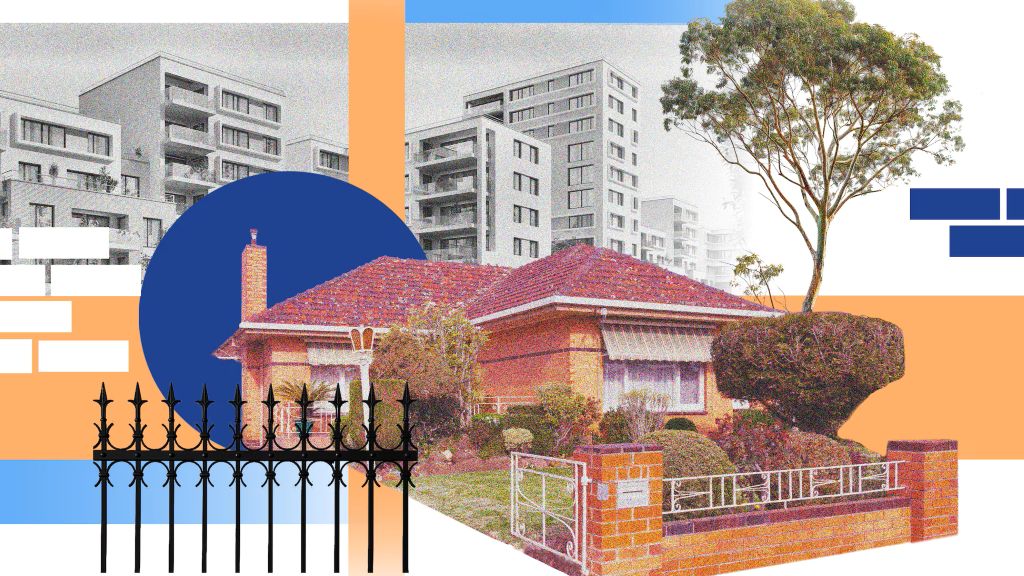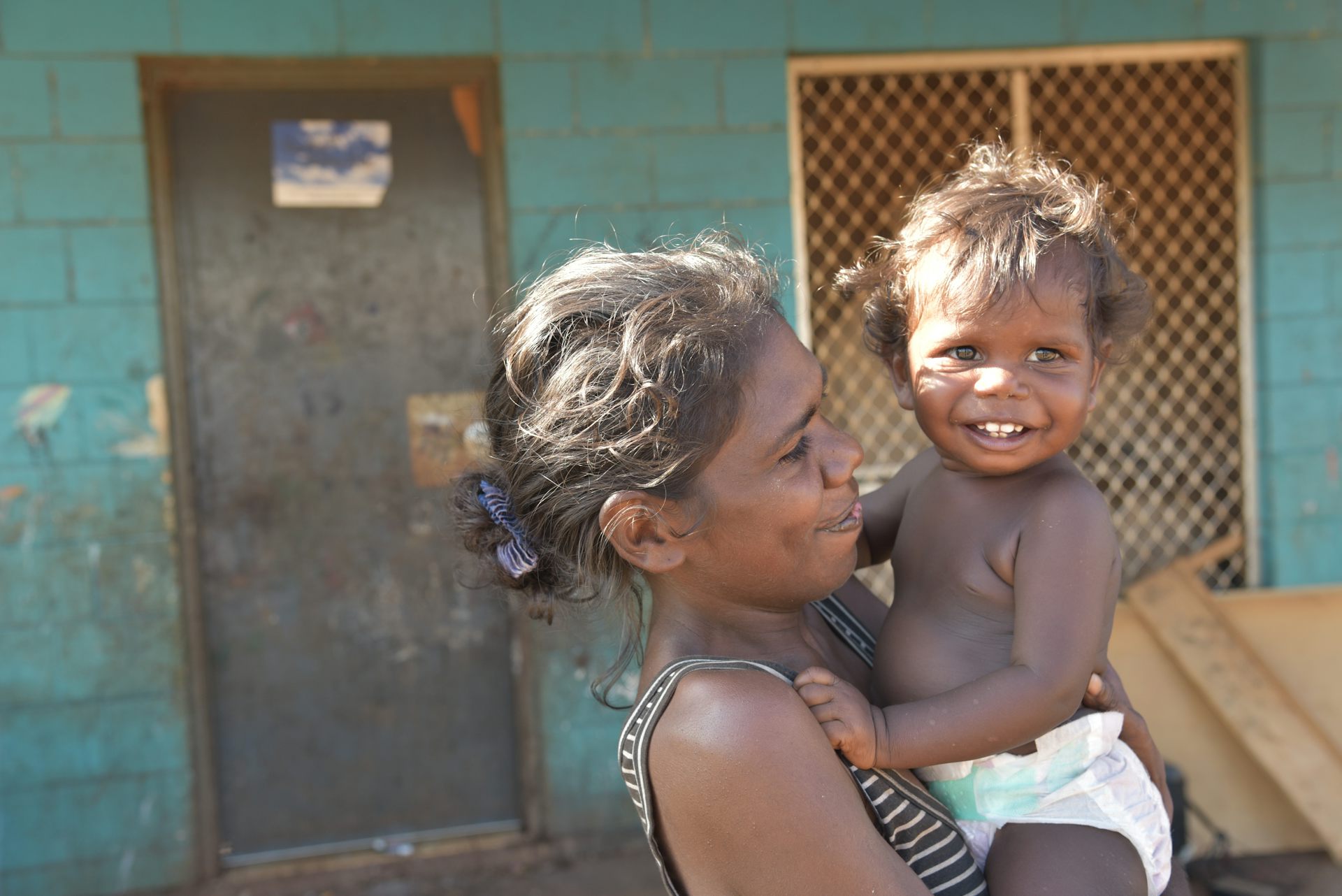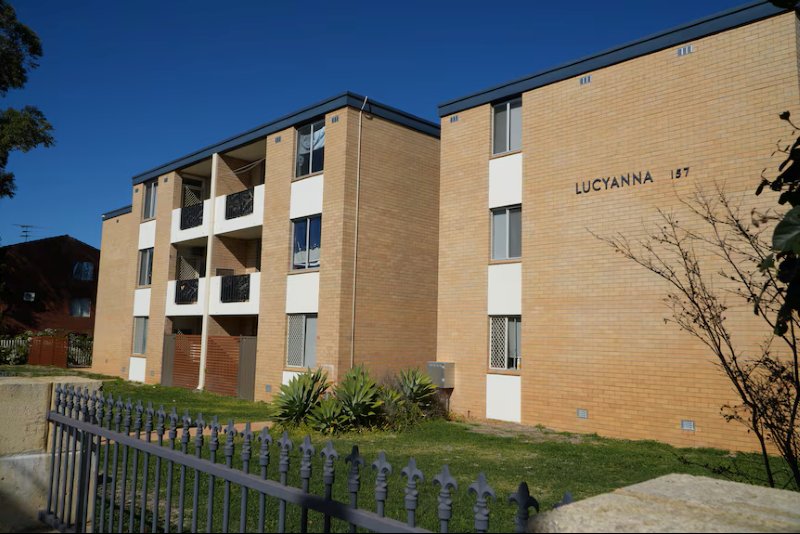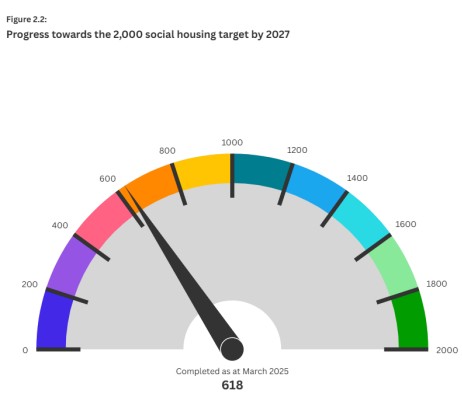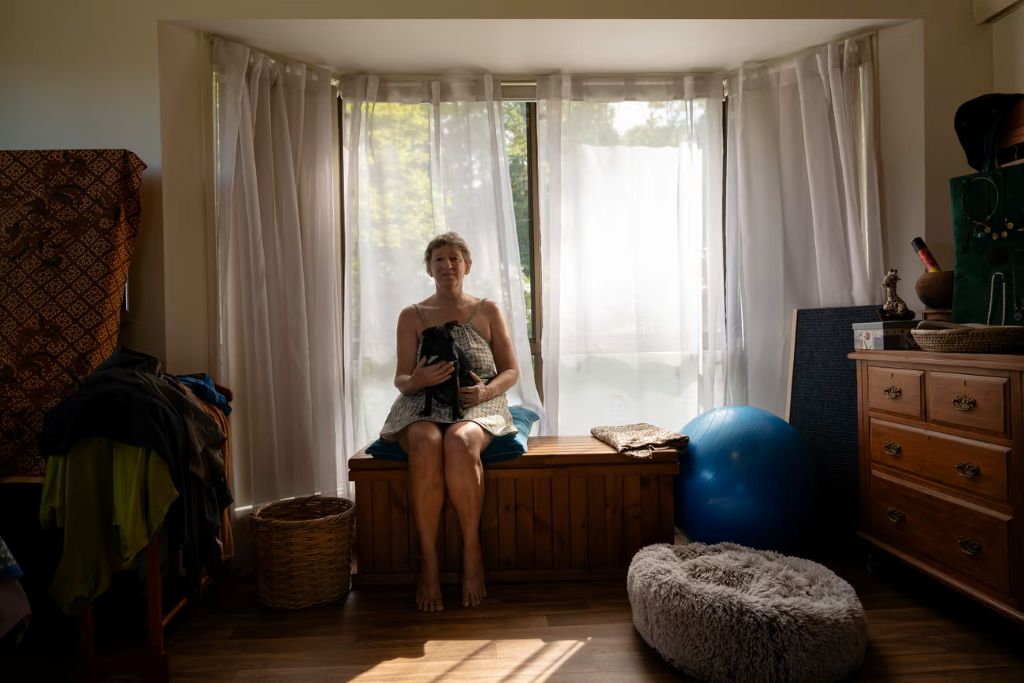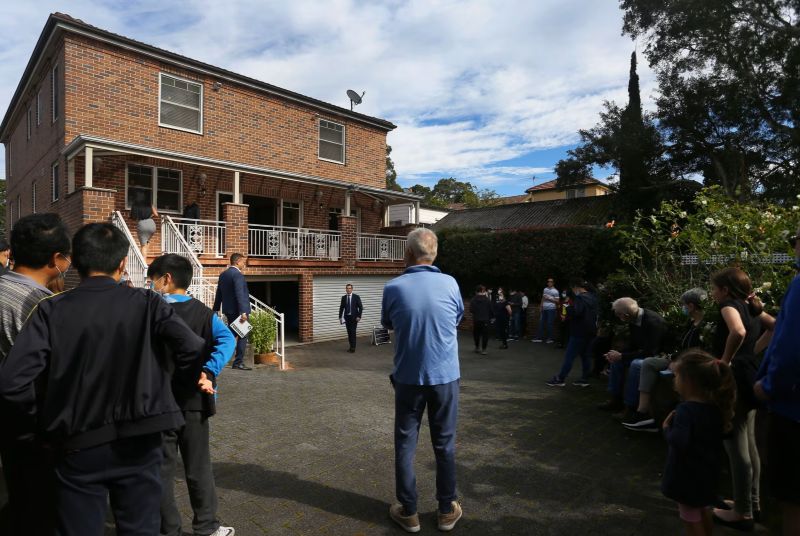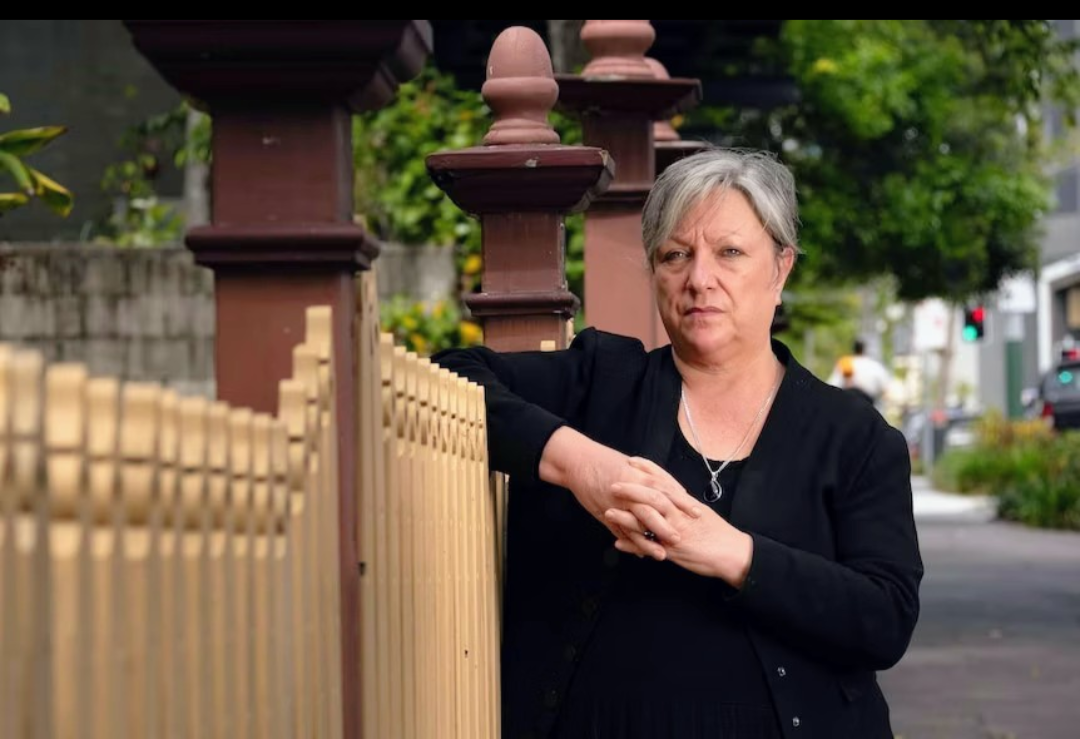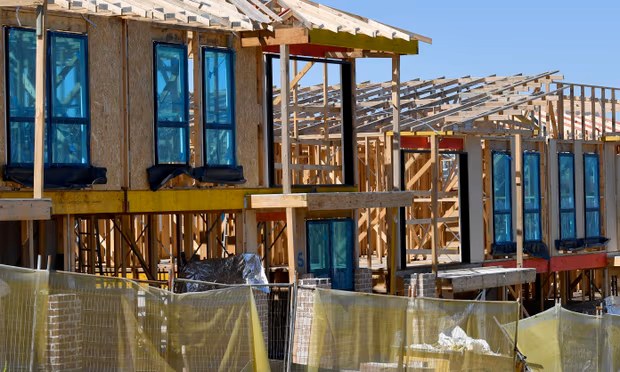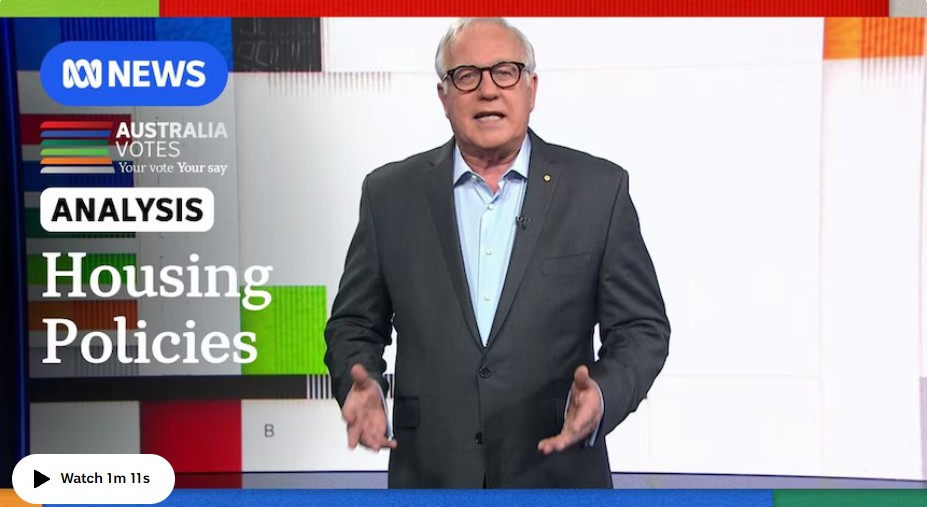The Yes In My Backyard movement is lobbying for denser cities and more housing in places people want to work…
Australia is experiencing a housing crisis. But for many Aboriginal and Torres Strait Islander people, the challenge runs deeper than…
Residents of the inner Perth suburb of Inglewood have expressed their fears after a spate of antisocial behaviour in the…
TasCOSS has unveiled a new, interactive Tasmania’s State of Housing Dashboard that will track a number of housing indicators against the Tasmanian Government’s key…
All venues to be built for the 2032 Brisbane Olympic and Paralympic Games, including the Victoria Park stadium, are set…
This 63-year-old, who may have to live in a camper van, wants to see the major political parties do more…
- News
This 63-year-old, who may have to live in a camper van, wants to see the major political parties do more…
- News
Labor and the Coalition have launched policies to tackle the crisis, but they shied away from the idea of falling…
- News
The Everybody’s Home campaign is assessing the alignment of policy offerings of parties and candidates with an online commitment tracker….
- News
One of Queensland’s most expensive neighbourhoods has blocked an “inappropriate” affordable housing project intended to ease the shortage of homes….
- News
The ALP and the Coalition have both made housing a central plank of their bid to woo voters in the…
- News
Construction industry already faces shortfall of 80,000 workers as government vows to build 250,000 homes a year for four years….
- News
This September, Melanie Misuraca and her daughters will swallow their third rent hike in as many years. It will push…
- News
Will the major parties’ policies solve the housing crisis? Patricia Karvelas and Alan Kohler discuss the two parties’ housing policies…

